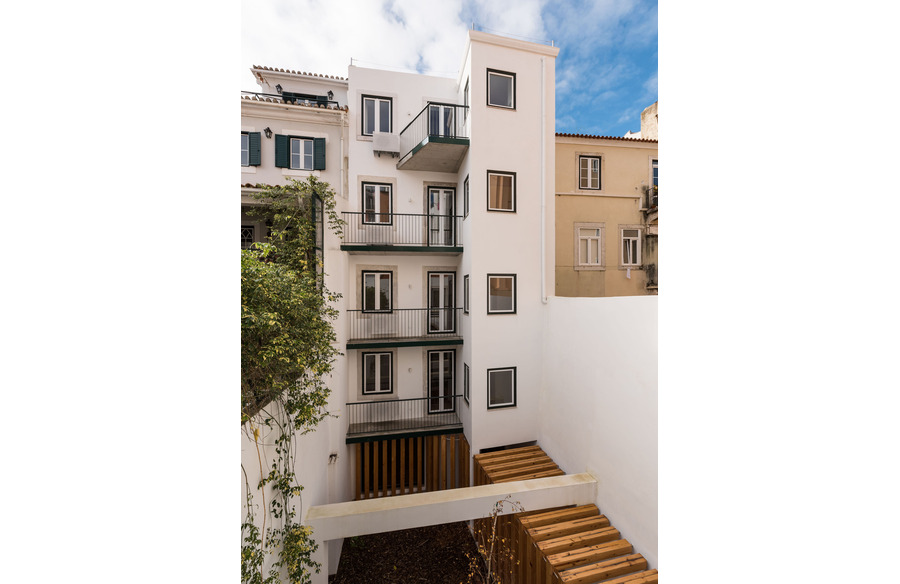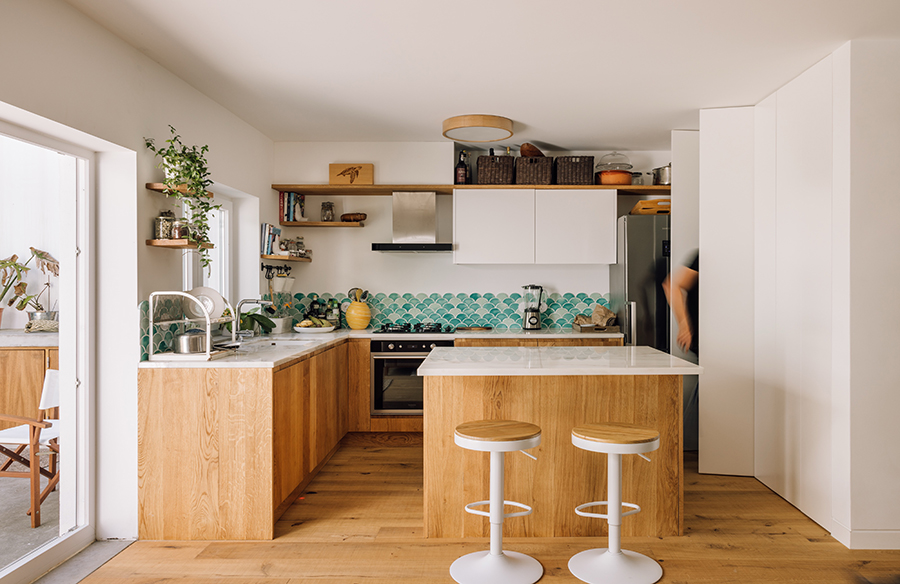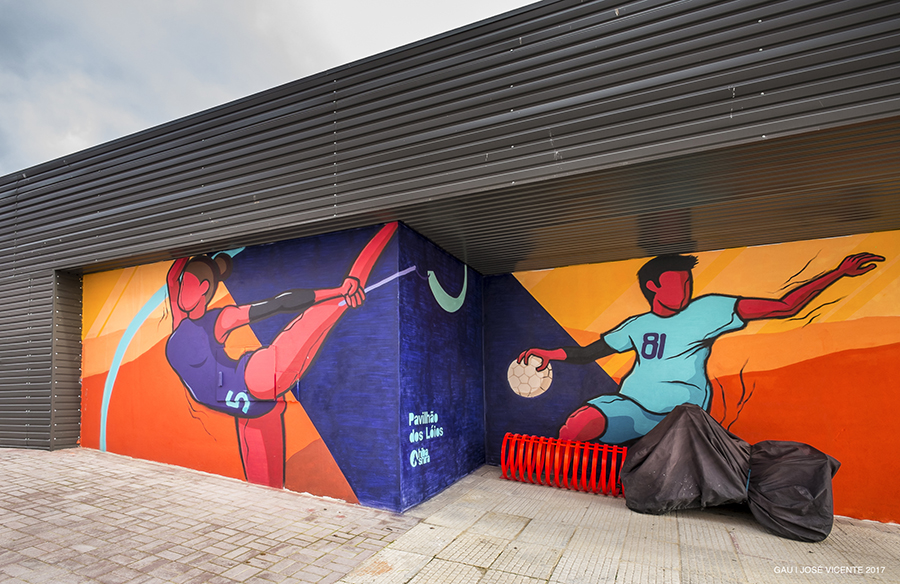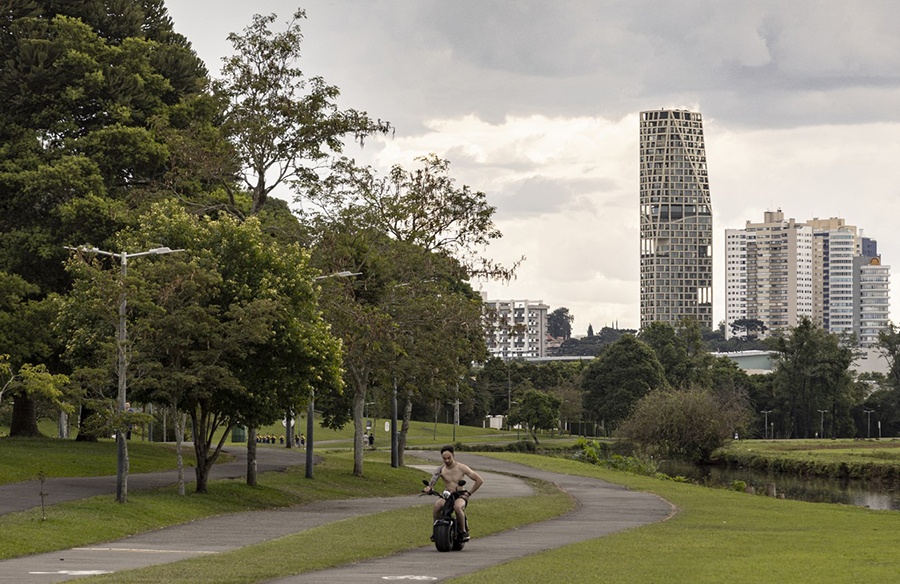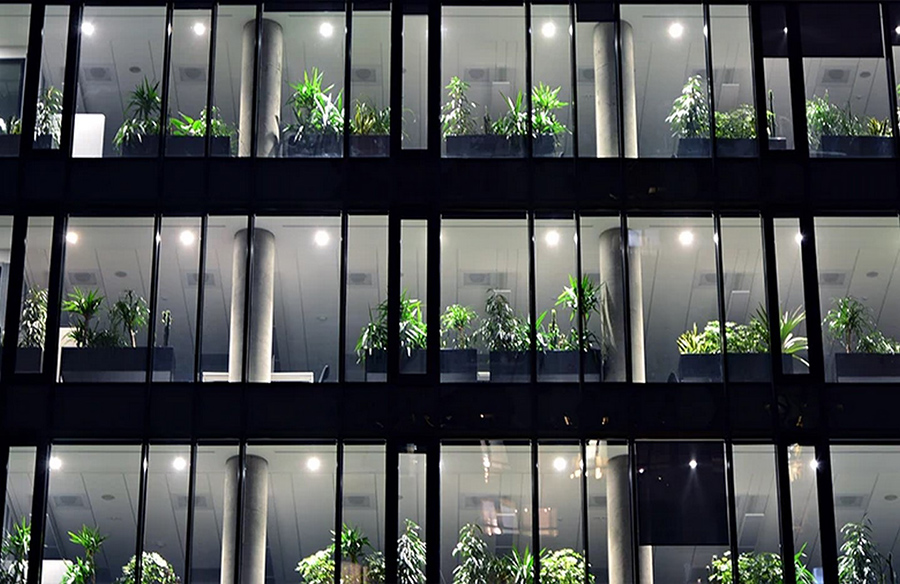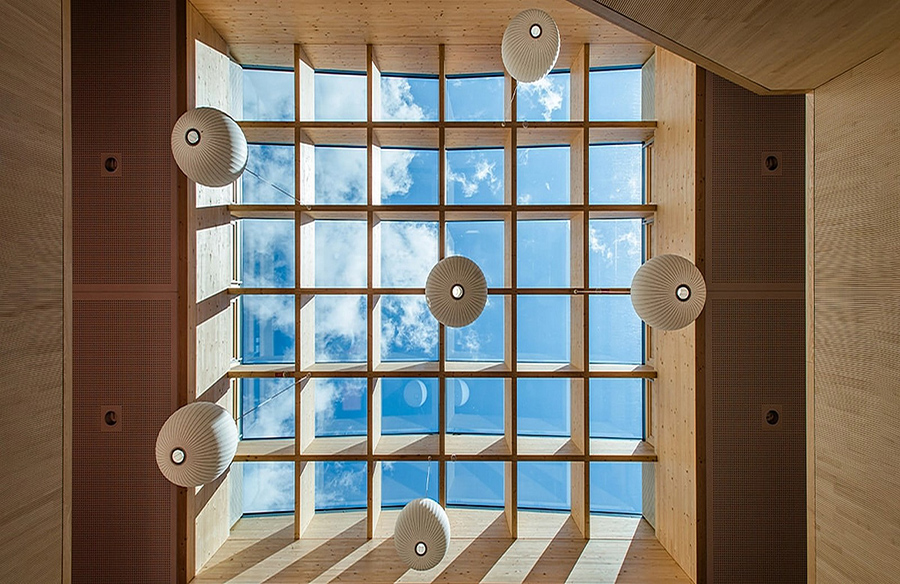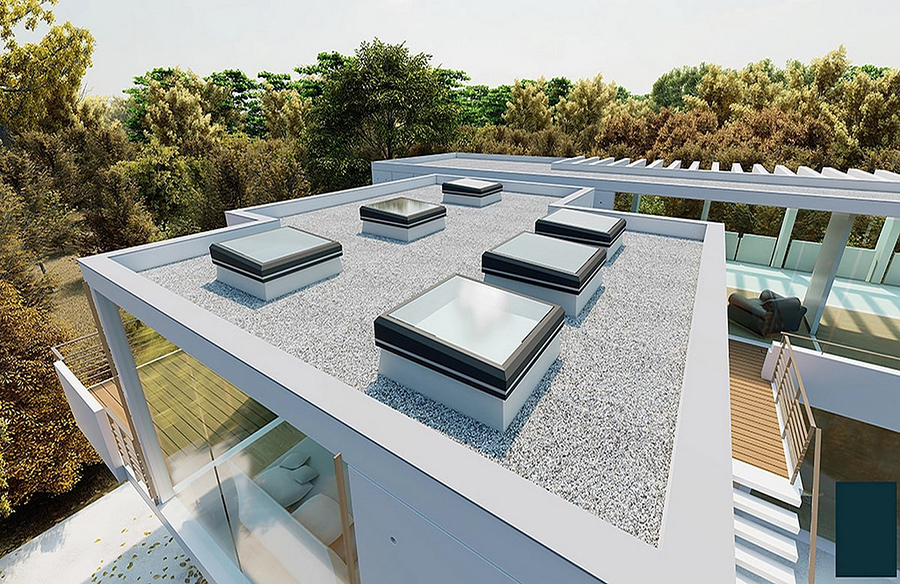In an epoch dominated by environmental consciousness, the significance of energy-efficient design looms large as the linchpin of green building concepts. Beyond a transient trend, it represents a paradigm shift towards a future rooted in sustainability. This discourse unravels the pivotal role of energy-efficient design in the realm of green building practices, elucidating its intrinsic value, manifold benefits, and key considerations.
The Core Tenet: Energy-Efficient Design
Green buildings, also known as sustainable or eco-friendly structures, embody a positive environmental impact throughout their lifecycle, from design and construction to operation. At the heart of this endeavor lies energy-efficient design, an ethos harmonizing the built environment with the natural world. Central to this approach is the optimization of a building’s energy consumption and the consequential reduction of its carbon footprint. The green building concept transcends environmental stewardship, extending to economic savings, heightened comfort, and the fortification of our infrastructure for the future.
The Imperative of Energy Efficiency
In contemporary times, energy-efficient design transcends mere preference; it becomes a necessity. Beyond lowering operational costs, these designs significantly diminish a building’s environmental impact. Architects and designers, through the integration of renewable energy sources and eco-friendly lighting solutions, steer humanity towards a more sustainable and environmentally accountable future. These choices elevate the quality of life for occupants, exemplifying a commitment to a verdant planet, underscoring the imperative nature of energy-efficient design in our times.
Environmental Impact:
By curbing energy consumption, green buildings mitigate greenhouse gas emissions, a pivotal contribution to the battle against climate change and resource depletion.
Economic Savings:
Energy-efficient buildings, proven to be cost-effective in the long term, offer reduced utility bills and lower maintenance costs. Governments and organizations further incentivize such initiatives through rebates.
Enhanced Comfort:
Beyond energy conservation, energy-efficient designs enhance indoor comfort and air quality for occupants through advanced insulation and HVAC systems.
Designing Energy-Efficient Buildings: Critical Considerations
Crafting energy-efficient buildings is an imperative task in today’s environmentally conscious milieu. Designers and architects, as stewards of responsible design, meticulously attend to crucial considerations in the pursuit of energy efficiency.
Orientation:
Strategic orientation emerges as a fundamental element in energy-efficient building design. By aligning structures to harness maximum daylight, designers significantly reduce dependence on artificial lighting, a testament to their commitment to energy efficiency.
Insulation:
High-quality insulation emerges as a foundational element in energy-efficient building design. By minimizing heat loss and maintaining consistent indoor temperatures, insulation results in substantial energy savings and prolonged lifespan of heating and cooling systems.
Energy-Efficient Appliances:
Conscious choices in appliances are paramount in energy-efficient designs. Opting for energy-efficient appliances minimizes electricity consumption, offering both economic and environmental benefits.
Renewable Energy Sources:
Architects focus on integrating renewable energy sources, such as solar panels and wind turbines, reducing dependence on non-renewable sources and fostering a greener future.
Smart Lighting Systems:
The incorporation of smart lighting systems emerges as a pivotal consideration. These systems dynamically control lighting based on occupancy and external conditions, minimizing energy wastage and optimizing illumination.
In Conclusion: Paving the Way to a Sustainable Future
Embracing the principles of energy-efficient design is not merely an ecological imperative; it is a pathway to well-being and cost reduction. Architects, builders, and homeowners, as custodians of this vision, hold the key to steering towards a greener, more sustainable future. The time is ripe to establish energy-efficient design as the norm, heralding a future where the green building concept becomes synonymous with responsible and visionary design.





